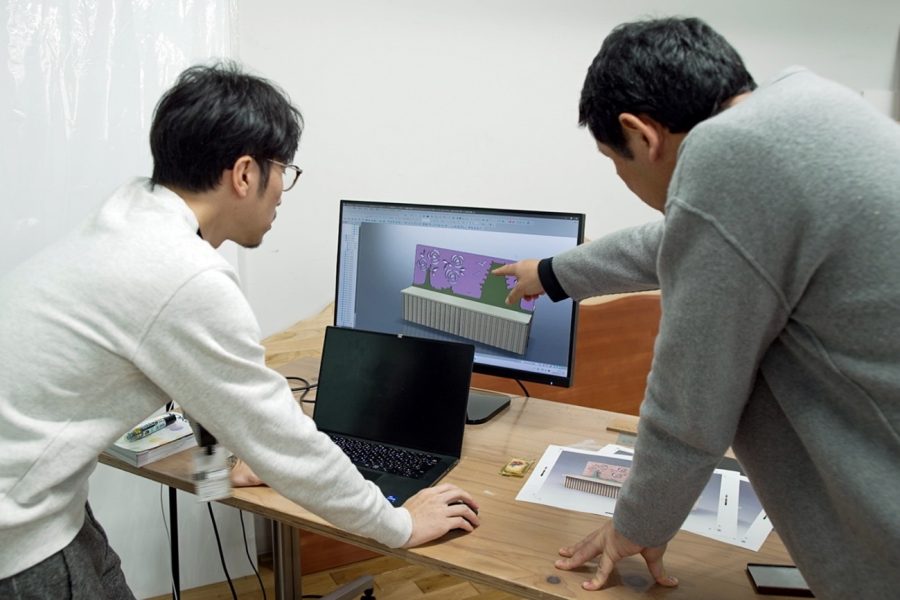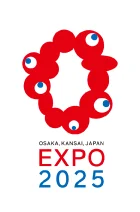
Itami City, Hyogo Prefecture joined the project of Kokuyo earlier than any other municipalities, to reuse the camphor trees along the street which would be cut down when a new government building was constructed. A camphor tree is selected as the tree of the city, so they were seeking a method for utilizing the cut camphor trees without discarding them. In order to produce 6 benches from 12 trees, they immediately prepared the supplementary budget for the fiscal year 2023. Itami City and Kokuyo will draw up three designs in the motif of Itami Airport or the time-honored sake, while enlisting support from VUILD Inc., which cooperates in Co-Design Challenge, and request children in the city, who will lead the future, to vote. They will create the “Itami City” bench from regional materials together with children. Five benches will be displayed at the venue of Expo 2025 Osaka, Kansai, Japan, and one bench will be set in the new government building. After the expo, they will be set at the civic plaza to be constructed in front of the new government building.
The project leader Hiroshi Sakai expects that “it will be possible to connect each region and the world by means of benches.” By using benches produced by local people, people from around the world rest their weary feet or communicate with one another while eating a boxed lunch. Seeing such scenes, children will certainly catch a glimpse of internationality. Adachi said, “After the bench is returned, the municipality will probably treasure it. This may lead to the increase of children who talk eloquently about the merits of regional lumber and their affection toward their living areas. By taking advantage of the best event expo, we would like to promote the ‘education on trees.’”
However, there will be various obstacles. Kokuyo has engaged in the production of furniture from lumber obtained through thinning, but its cost remained high compared with those made of steel products, so the products made of such lumber could not become “core products.” In addition, they mainly developed products for office, so they lack the experience of developing outdoor products. Sakai explained the current situation, saying, “As the characteristics of lumber vary according to regional environment, how can we guarantee the quality of each bench produced from the lumber? We are solving problems regarding the discoloration due to humidity, temperature, or ultraviolet rays at a rapid rate by repeating experiments.”
In the third medium-term management plan for a period until 2030, Kokuyo upholds its business policy of “shifting emphasis from manufacturing furniture to designing ‘office spaces’ that facilitate workstyle solutions, and shifting emphasis from manufacturing stationery to delivering ‘tools and services’ that underpin new ways of studying and living.” Co-Design Challenge could become a touchstone for transforming the company, so that they will break away from the linear economy, which is characterized by mass production, mass consumption, and mass disposal.
Adachi said, “Issues regarding trees, such as how to use them and the ‘education on trees,’ vary among municipalities.” Individual employees will tackle issues and consider the best choice together. “The level of difficulty is high, but this task is very worthwhile. Our business is not limited to the sale of products and the provision of services. We will transform into a group that can solve issues before clients notice by changing workstyles and spaces. It will certainly become the first step for realizing the corporate philosophy of a new Kokuyo.”


Share this article


